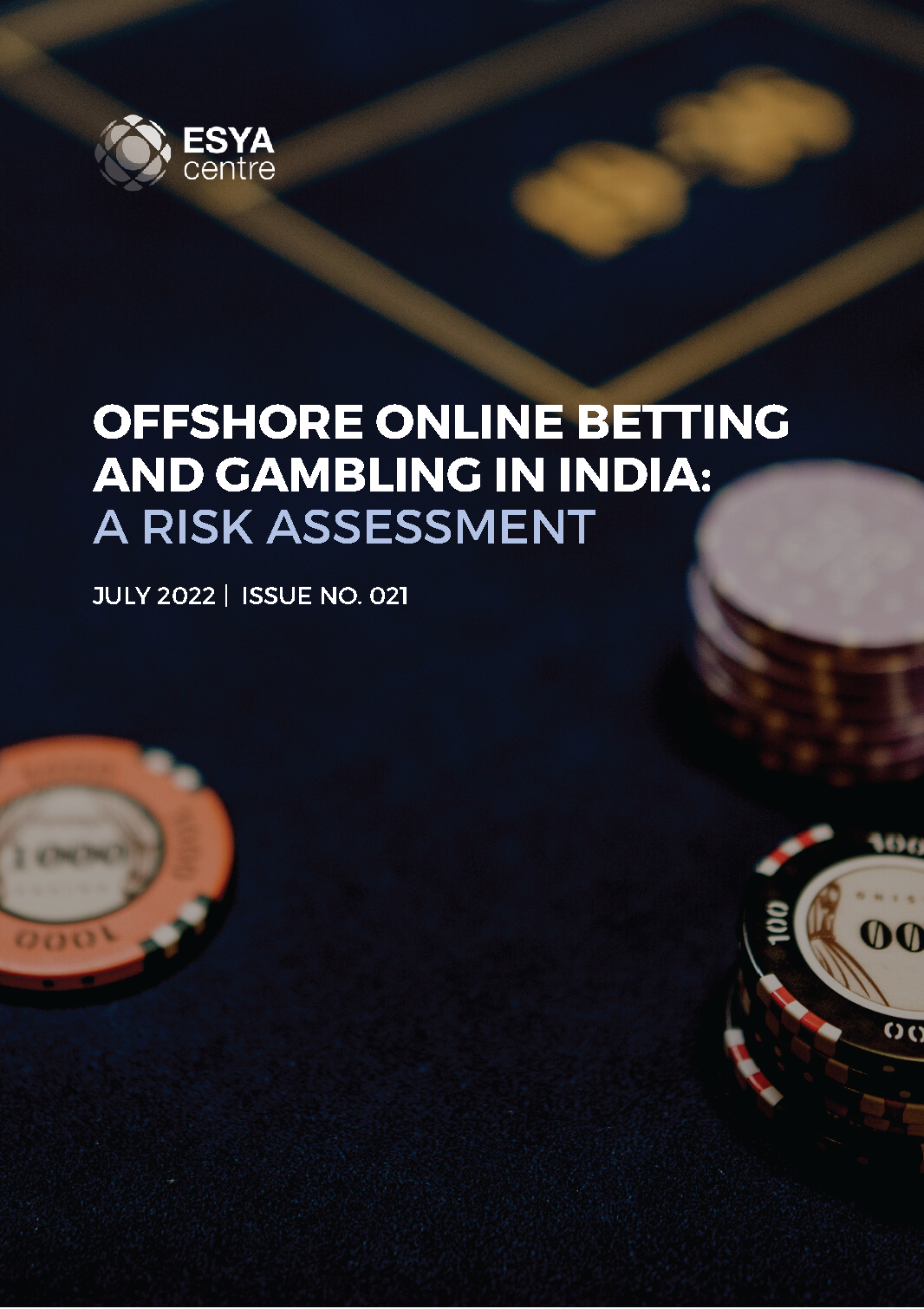Description: On January 3, 2025, the Ministry of Electronics and IT (MeitY) issued the Draft Digital Personal Data Protection Rules, 2025 (“DPDP Rules”). The DPDP Rules will play a key role in operationalising the framework under the Digital Personal Data Protection Act, 2023 (“DPDPA”), since they make up the substance of the Act. The Esya Centre is pleased to be afforded an opportunity to provide its inputs on these rules .
Our response is divided into two parts: Part A offers an introduction and summary, while Part B provides a detailed analysis of specific rules.
Attribution: Mohit Chawdhry and Shweta Venkatesan. "Response to the Draft Digital Personal Data Protection Rules 2025". Issue No. 117, March 2025, Esya Centre.




















